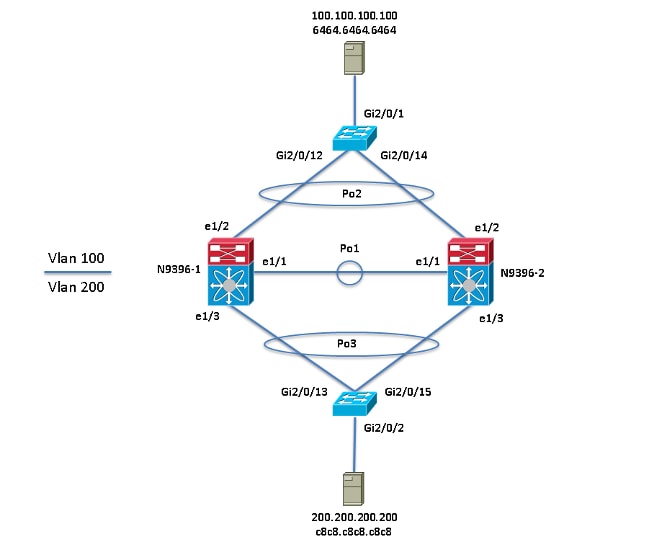

because the NLB is internet facing, it fails the open relay tests at įor the interim, i've just pointed these devices to one of the cas/hub servers. when I pointed these devices to the ubuntu NLB, and added the IP off the NLB to the relay-receive connector in Exchange, this worked, BUT. However we have a number of non-exchange servers that need to relay emails externally eg a reporting sql server that sends to external clients, printers which scan and send to external clients. I followed your guide (thank you!) and put in this NLB solution. Wondering how you dealt with relaying emails using this method?įyi, our 2010 exchange environment comprises of 2x cas/hub servers (casarray) + 2x mailbox servers (DAG). Mv /etc/haproxy/ /etc/haproxy/haproxy.cfg Mv /etc/haproxy/haproxy.cfg /etc/haproxy/ Kill -USR1 $(cat /var/run/)Įcho "New instance failed to start, resuming previous one."

If haproxy -p /var/run/haproxy.pid -f /etc/haproxy/haproxy.cfg thenĮcho "New instance successfully loaded, stopping previous one." #A hot rehaproxy.cfguration script would look like this : I think I found an answer to this here, where I've modified the naming convention to jive with what you setup above - it appears to work well enough in my lab, haven't tried it on the production systems yet though, wondered your thoughts on it. Please make sure that you use the update rc.d command (mentioned in the blog), restart the box making sure the haproxy starts automatically.Īnother point there is nothing like a default CFG file, what i have posted is an example that I implemented, you can use this as base file, if you need other config examples, i will send it to you. You can copy the haproxy executable to the old directory, or you can modify the init.d script to point it to the new path. Now you should have all the files created and the new installer. This will install the haproxy in /usr/local/sbin/. Now we will compile the new version (Please make sure you follow the above and install the gcc and other stuff) That will delete the executable of HA Proxy (You can just delete the file directly) Now we will remove the executable alone and use the other files :) Įxecute haproxy -v, this will show you the version, since it is the old version we will not have many features (Like src persistance) It will show you the path where ha proxy has been installed (It should be in /usr/sbin or some thing. You can then follow my instructions, compile the new version and replace it. This will install all the realted files, but it will install the old HA Proxy version 1.3 or some thing īefore Installing it from source, you can use the pre-compiled binary You will have to create them manually or you can do this. Hi, I am sorry, they will not be created automatically.


 0 kommentar(er)
0 kommentar(er)
